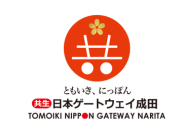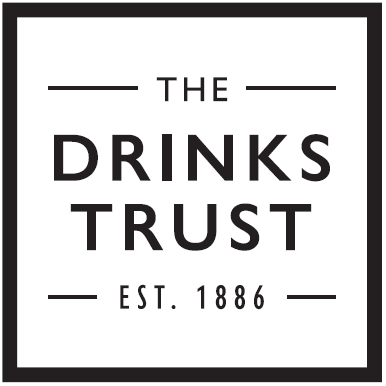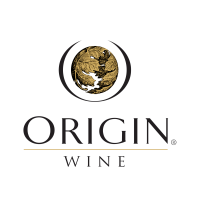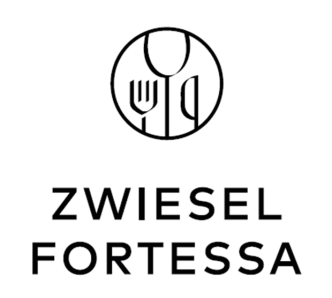“Create me a French wine brand that ordinary people can buy in supermarkets” was his brief.
The first issue was recognition. French wine labels were complicated. They were difficult for non-French speakers to decipher. And they didn’t stand out on supermarket shelves (below). They paid no attention to non-French speakers.
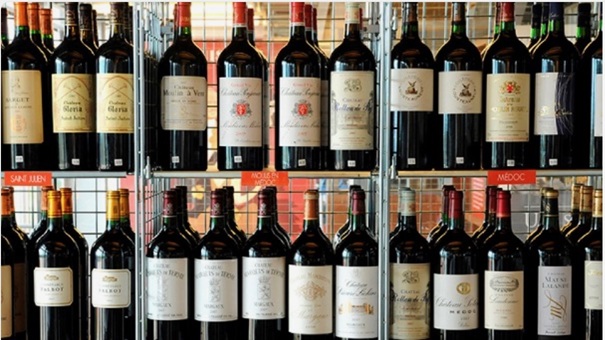
The names were impossible to remember. And the labels gave no information about the wine. Was it light or heavy, fruity or dry, tannic or easy to drink?
So, if you bought a bottle of Chateau Something a month ago and liked it, what chance you’d remember the name to ask for it again?
The company owned a French vineyard. It was called PIAT. Four letters. Easy to say, easy to remember. And we were allowed to use it.
A four-letter name. That was a start. You wouldn’t forget that.
An added benefit was that it had a distinctive bottle-shape. This would make it easy to identify on a shelf in a supermarket.

But the label looked drab and uninformative. We needed to do better.
In those days wine was special. It was a Saturday night thing, not an everyday tipple.
We got the idea for the label from the cigarette market. In the UK, people bought cheap cigarettes during the week, but on the weekends they bought brands like Benson & Hedges. In its smart gold pack.

That was wine at the time. Special. A weekend drink that created an occasion.
So golden Piat became Piat d’Or. With a smart label based on Benson & Hedges. That became the brand.
We even put a label on the shoulder of the bottle that said ‘Exceptionally Smooth’ to reassure people about the taste of the wine. And it was.
And now for the wine itself. We started with the Red.
Back then, UK drinkers disliked the bitter, tannic hit you got with most French red wines. Remember, these people – and I include myself in that group – were wine novices.
And we were after a wine that would appeal to unfamiliar wine drinkers. They should like it the first time they tasted it. And want more.
We did the unexpected.
We took a likeable, sweetish German WHITE wine called Blue Nun.
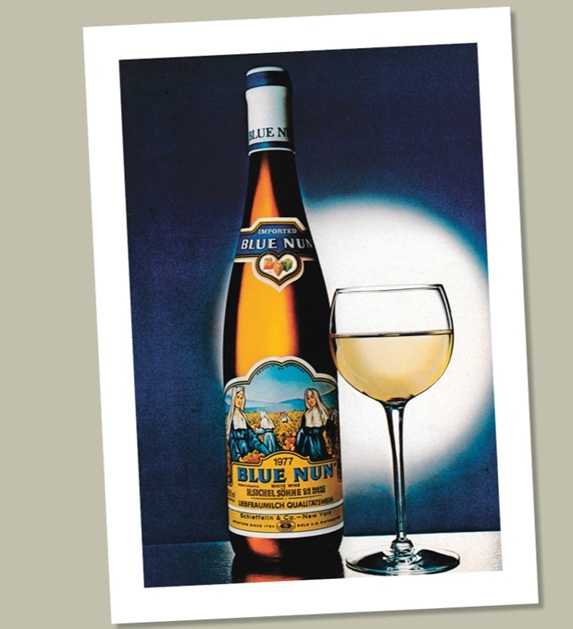
We coloured it red using own-label red food colouring from a supermarket.
We took our ‘blend’ to a French winemaker and said : “Make a French Red wine that tastes like this.”
Much easier and more effective than a long, written brief which had every chance of getting lost in translation!
He did. And the rest really was history. Le Piat d’Or took the UK by storm. And Ireland, Canada and Japan.
And it wasn’t just a wine for novices. I can remember going to quite a few smart media parties where Piat d’Or was the wine on offer. It became fashionable.
I loved the TV commercial too. It said ‘The French adore le Piat d’Or’. Everyone knew they didn’t but nobody cared. It was a bit of fun. And it’s remembered to this day.
Here is the memorable advertisement
The lessons
- You need adventurous management to do something like that.
- I was especially proud of the product brief and how we achieved it.
- I think the idea still plays – if someone wants to do it.
- And, as I keep saying: WINE IS A PRODUCT THAT MOST PEOPLE BUY IN SUPERMARKETS. IT’S NOT A RELIGION. Stop being so precious about it.
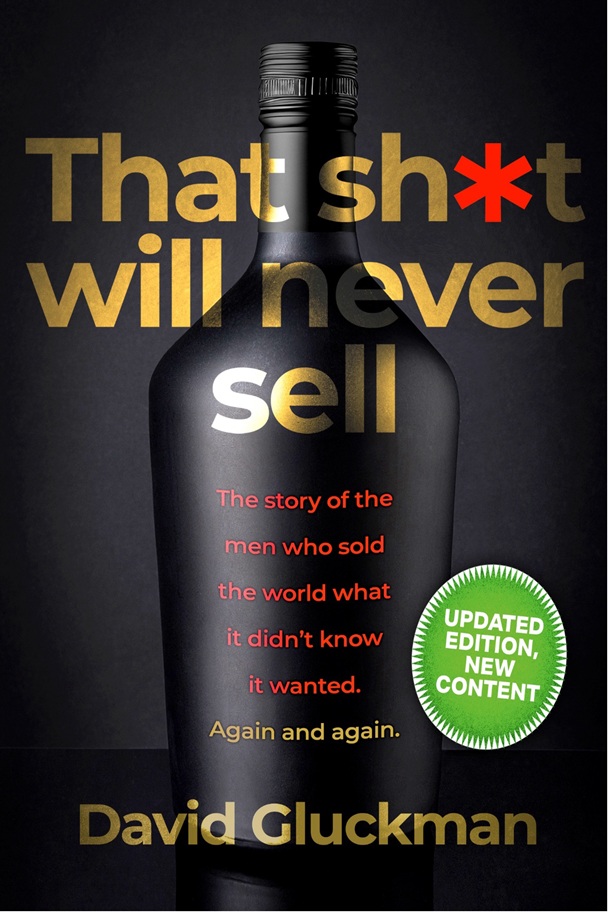
For more brand stories, many as irreverent as this one, check out my book on davidgluckmanauthor.com and order a copy from all major online booksellers.


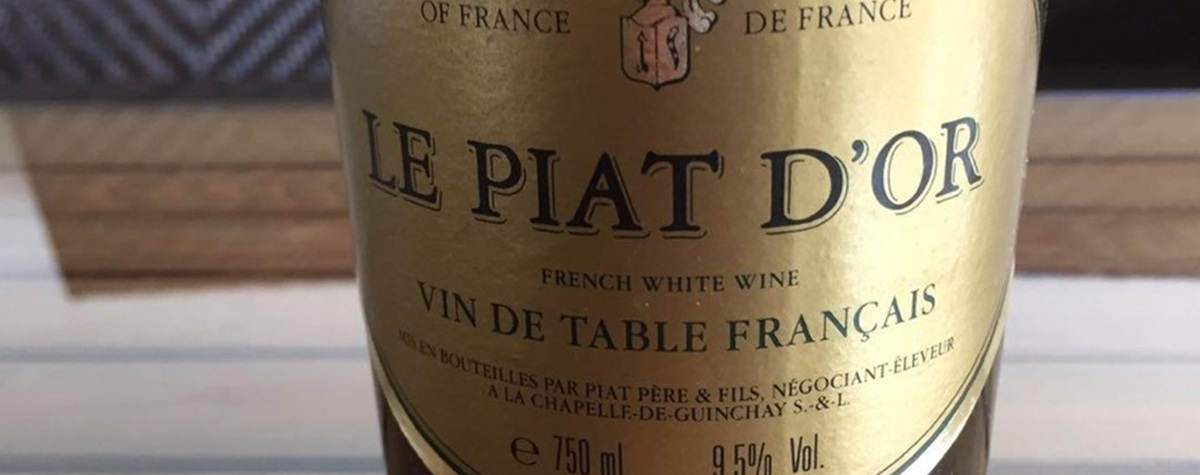




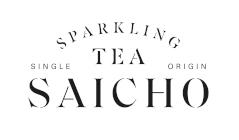

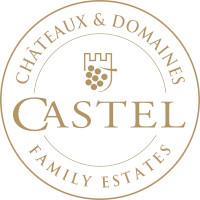


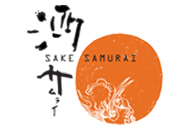
.png)
